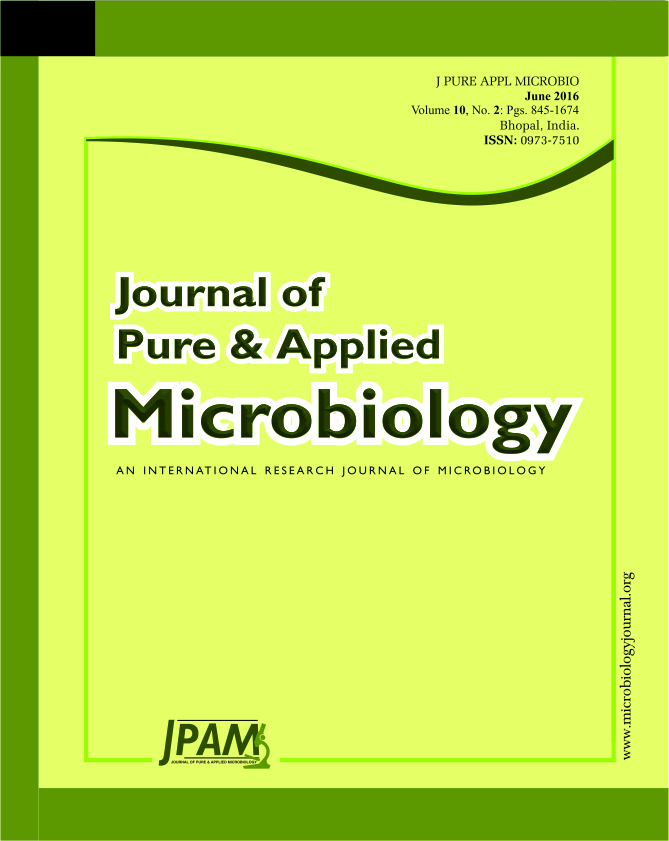Plate screening assay was used for detection of inulinolytic potentiality produced by some fungal isolates. Among them, strain Hoba2143 was the most active fungal strains able to produce a considerable amount of inulinase. This strain was identified as Aspergillus sclerotiorum on the basis of ITS region sequence analysis, together with its phenotypic characteristics. Statistical screening using Plackett-Burman design with 12 run was applied for screening eleven variables on Aspergillus sclerotiorum Hoba2143 inulinase production, incubation temperature was the most significant variable at 95% confidence on inulinase yield followed by NH4 ions, peptone and substrate level, with significant p-values of 0.0027, 0.0093, 0.0293 and 0.0309, respectively. These variables were selected for further optimization studies using central composite design to evaluate the effects of four process variables on inulinase production by Aspergillus sclerotiorum Hoba2143. The maximum inulinase yield by A. sclerotiorum strain Hoba2143 after central composite design was 114.43 Uml-1 with a fold of increase 10.69 as compared with the yield after initial survey (10.7 Uml-1 ) using “Jerusalem artichoke + bagasse” as a substrate for screening inulinolytic potentialities of microorganisms.
Aspergillus sclerotiorum, Inulinase Production, Solid State Fermentation, Plackett-Burman design, Central composite design, Identification.
© The Author(s) 2016. Open Access. This article is distributed under the terms of the Creative Commons Attribution 4.0 International License which permits unrestricted use, sharing, distribution, and reproduction in any medium, provided you give appropriate credit to the original author(s) and the source, provide a link to the Creative Commons license, and indicate if changes were made.


